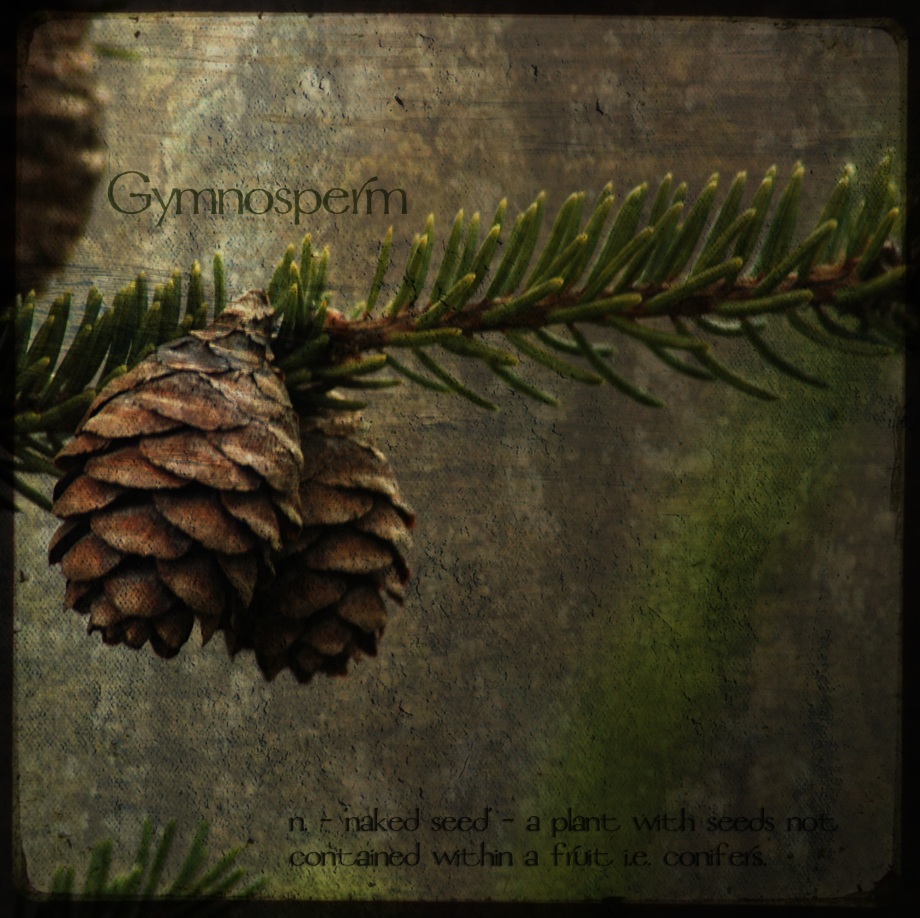 Winter has been really slow in relinquishing its grasp this year. The snow just won’t disappear and the lakes have yet to thaw. Still, regardless of the temperature, spring marches on. The days get longer, the quality of light and the colour of the sky changes and the birds start to return.
Winter has been really slow in relinquishing its grasp this year. The snow just won’t disappear and the lakes have yet to thaw. Still, regardless of the temperature, spring marches on. The days get longer, the quality of light and the colour of the sky changes and the birds start to return.
One of the first to get back are the Canada Geese. I usually hear my first unmistakable ‘honk’ somewhere around the end of March. It’s an event I always look forward to. For me, it means that regardless of what it might look like outside, spring is on its way.
They’ve been back for a while now and most have settled in to nest. Canada Geese are a ubiquitous bird, common just about everywhere in North America, so common in some places that they are regarded as pests.
Being so universal, they often go unnoticed, just another part of the everyday landscape that make up our lives. However, if you slow down and take the time to really consider these big, sometimes brash birds, you’ll discover that they’re really quite fascinating.
Canada Geese have a strong affinity for place, at least females do. Female geese return to where they were born to rear their own young. It makes sense at an evolutionary level when you think about it. If her parents successfully raised her there, then the chances of her having her own brood there are pretty good.
The next problem, then, is finding a mate. If she were to choose one on her breeding grounds, they would end up with a pretty shallow gene pool. Over time, each population would have become very isolated genetically. However, if you’re a goose, there’s another place to look for companionship: down south. Their wintering grounds are like Daytona Beach at spring break, thousands of geese from all over converging on locations along the southern US to fatten up and mingle. A young female goose has a lot to choose from there. Once she finds the gander she’s looking for, he’s in for a trip back to her home waters every spring for the rest of his life.
Yes, Canada Geese mate for life. This detail of their natural history is probably why both males and females look alike. Unlike ducks, where males have to get out there every spring and attract a female using flashy colours and footwork, geese are a sort of ‘one and done’ kind of species. Over their evolutionary history they’ve apparently lost the need to impress each other.
While he might not wow his mate with dashing looks, male Canada Geese are very devoted partners. With the nesting season started, females have hunkered down to wait out the 28 days it takes for their eggs to hatch. After laying one egg a day until the clutch is complete, she spends about 23 of the 24 hours in a day keeping them warm. Although he doesn’t share incubation duties, the gander takes up the role of sentinel, guarding his charge with the same diligence that she gives to her role. If any potential threat – raccoon, weasel, coyote, unsuspecting hiker- gets too close, he will bear down on them, wings flapping hissing viciously, beating back the intruder.
So, if you find yourself hiking through goose country, keep an eye out and prepare to duck and cover.
